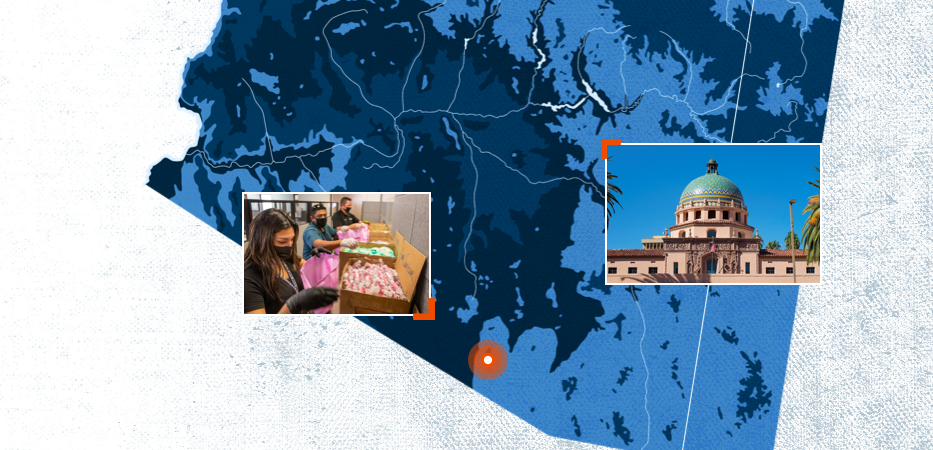Background
In 2014, the Pima County Adult Detention Center was nearing capacity. The county grappled with the decision to either build a new and bigger jail or find ways to safely reduce the jail population. With local jail expenditures amounting to roughly $66 million a year, this crisis had a direct impact on taxpayers.
Snapshots of Pima County’s jail population in 2011-2014 showed that more than 80% of people in the jail were typically being held while awaiting trial. The main drivers of the pretrial jail population, based on 2014 data, include warrants for failures to appear in court (93% of which related to underlying misdemeanor charges), misdemeanor charges like shoplifting and DUIs, and lower-level felony charges, such as possession/use of a dangerous or narcotic drug, possession of drug paraphernalia and aggravated criminal damage.
The 2014 data also showed that people of color were over-incarcerated in the county jail. Specifically, 9.6% of Black people were being held pretrial, compared with 3.3% of the county’s total population. In addition, 40.7% of Hispanic people were being held pretrial, compared with 35% of the county’s total population.
An impact was also felt by the county’s tribal communities. Native Americans made up only 2.4% of the county’s total population, but they represented 6.75% of the pretrial population, and 8% of those held in jail on failure to appear charges.
Finally, in 2014, mental illness and substance use affected an estimated 60% of the jail population in Pima County.

